Plant Pests: Aphids, Mealybugs & How To Control Them

Enjoyed the project?
Suggested materials:
- Neem Oil
- Dr. Brooners

Comments
Join the conversation
-
 Pennie Collins
on Aug 04, 2017
Pennie Collins
on Aug 04, 2017
I have tried the hot sauce remedy. I just wanted to let folks know that they should be careful to only use liquid soap that is NOT antibacterial. I always use Murphy's Oil Soap. The slight citrus fragrance helps repell some insects, too. The hot sauce works like a charm!
-
Good to know Pennie! I always an eco-friendly, mild dish soap or something like Dr. Bronner's. Nell
 Joy Us garden
on Aug 05, 2017
Joy Us garden
on Aug 05, 2017
-
-
-
 Claudia
on Aug 12, 2017
Claudia
on Aug 12, 2017
i am dealing with the gnats i have learned i need to keep the humidity down bc that's how they start too! So as to getting rid of em with the sprays im getting a bit overwhelmed here i jave ACV and ive pour it on a lil container nd placed it next to plant i would also like to spray i read dish soap and what else can i use
This is my first time dealing with them and i really don't want to lose my houseplants ive spent time and got love for them i even got names for each ive got one thats 15 yrs old!! Another thats about seven! Ive gotten them from friends so i don't want to lose them

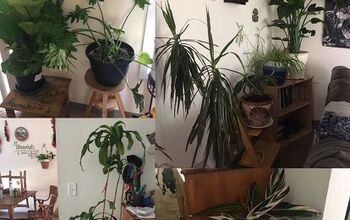
-



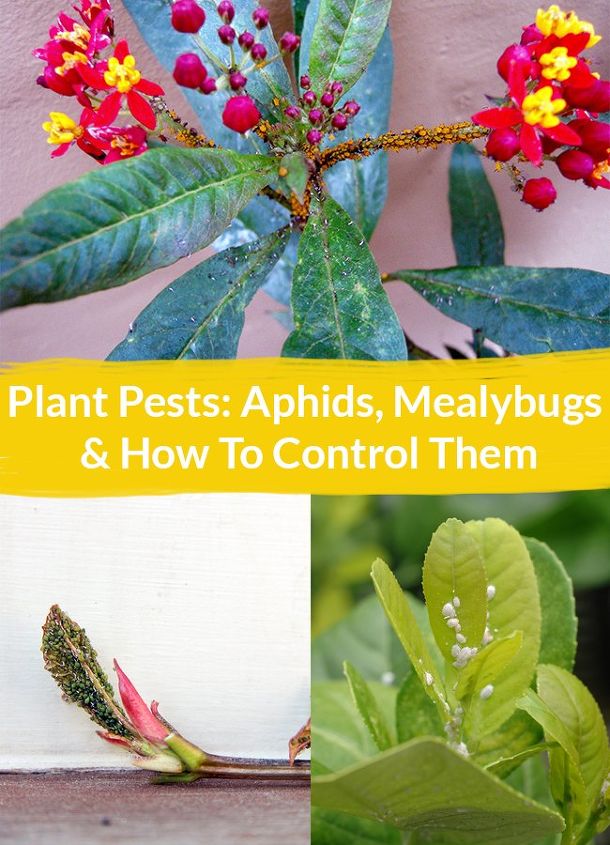






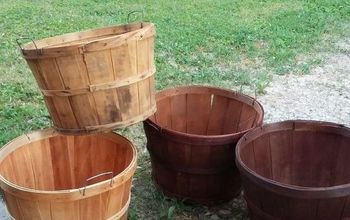




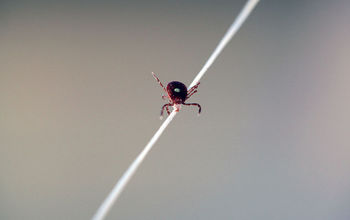
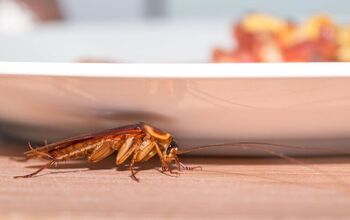


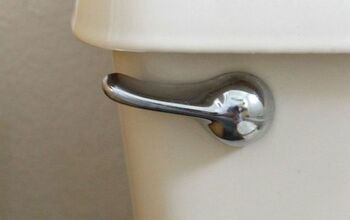

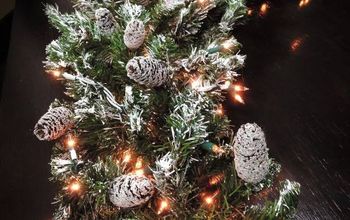




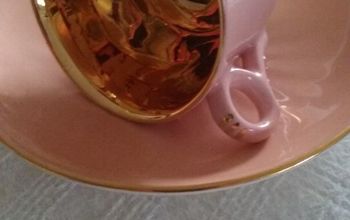





Frequently asked questions
Have a question about this project?
Can you please sign me up for your newsletter.
My email address is.
jethropaulraymergreen@gmail.com
Great video. You mentioned vinegar as one of your ingredients for the homemade spray, but when I checked below your post, there wasn't vinegar in the recipe. Should vinegar be added to the recipe?
the neem oil spray burned my succulents..😕. is there a remedy to this ? i haven't watered or rinsed it bec it might absorb more liquid and accelerate rotting